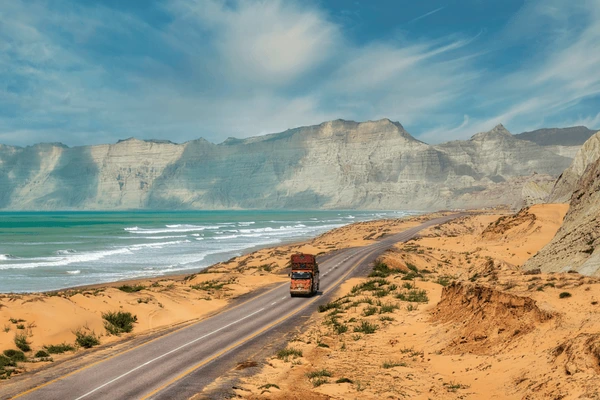
Table of Contents
Introduction to Balochistan
Balochistan is the biggest province in Pakistan by area which extends approximately 347,190 square kilometers, thus, almost 44% of the country’s total territory is occupied by this region. It is situated in the southwest of the country and borders Iran to the west, Afghanistan to the north, and the Arabian Sea to the south. Balochistan is Pennsylvania in the geographical sense of the country’s strategic location since it often acts both economically and geopolitically as a bridge to Central Asia and the Middle East.
The province has a mixed population of many races including Baloch, Pashtun, Brahui, and others. Balochistan makes its national statistic interesting with its more than twelve million people, its demographic profile is therefore, the reflection of a nation that has many cultural traditions, languages, and customs to offer. Urdu, Balochi, and Pashto are the major languages of the province which is also a cultural heritage of the province along with music, dances, and other art forms. The province is a unique microcosm of Pakistan which is very coalition-oriented.
Balochistan is the land of the natural riches of many resources, such as mineral deposits, oil and coal, and fertile agricultural land. The mineral resources from the region for instance, copper and gold, are quite a driving force for the region, attracting both national and international interest, and in turn, a means for economic development.
Nevertheless, the removal of the minerals, in most cases, spurs debates over issues of equity and local rights, thus, the destabilization of Balochistan has been experienced and the province has gone through great tensions.Balochistan, in the past, has been a show area of misconduct and turmoil, predominantly as remnants of the colonial past, socio-political developments, and ethnic background. Meanwhile, the historical grievances in that region, brought by discord and discontent, served as a challenge and thus an interplay of local wishes and the central government’s policies, which are sources of ongoing controversies in the region, can be seen.
A historically-installed multiplicity of viewpoints of different social actors is vital in acknowledgment of suffering which is, in this day, one of the main reasons why the province experiences conflict and a foundation for further exploration of ensuing conflicts and a political future for the province.
Historical Background
The problems in Balochistan started long ago, during the time of British rule. In the 1800s, the British took control of the area and drew new borders. These borders did not respect the culture or traditions of the Baloch people. As a result, the Baloch land was split between Pakistan, Iran, and Afghanistan. These new lines separated tribes and families, creating confusion and problems that still affect the region today.
After Pakistan became independent in 1947, it had a hard time bringing Balochistan into the country. In 1948, Pakistan took control of Balochistan, which had been a princely state.Many local tribes did not agree with this and felt left out. This started a long struggle, as the Baloch people wanted more control over their own land and respect for their culture. People in Balochistan also became angry because the gas and minerals from their land were taken, but they did not get much benefit. This made them feel left out and treated unfairly.
In the years that followed, both military and democratic governments made things worse in Balochistan. The government focused more on keeping control than listening to the real problems of the Baloch people. Because of this, many Baloch groups started asking for more freedom and control over their land and resources. These groups may have different ideas, but they all want the same thing more rights for Balochistan. Even today, the problems in Balochistan come from a mix of old unfair treatment, political issues, and broken identities that still affect the region.
Economic Exploitation and Resources Distribution
Balochistan is a province in Pakistan that has a lot of natural resources like gas, coal, and minerals. These resources are very important for Pakistan’s economy. But even though the land is rich, the people who live there are still poor. Many Baloch feel they are being treated unfairly because they don’t get their fair share of the money made from these resources. This feeling of being left out has caused anger and problems in the region.
In Balochistan, most of the money frombusinesses and natural resources goes tooutside companies and the central government.Very little is spent to help the people who live there. Even though Balochistan has some of Pakistan’s most valuable resources, it is still one of the poorest and least developed areas. This unfair situation has made many Baloch people upset, as they feel ignored and left out. Their fight to get a fair share of the resources shows how economic problems are adding to the troubles in the region.

The extraction of natural resources in Balochistan often results in environmental damage, making life more difficult for local communities who depend on the land. While economic activities grow, efforts toward sustainable development are often ignored or poorly funded. This has led to worsening infrastructure and a lower quality of life. Additionally, many Baloch people believe that the wealth from these resources does not benefit them, deepening their sense of exclusion and unfair treatment.
In essence, the issue of economic exploitation in Balochistan is complex, combining struggles over fair resource distribution with long-standing feelings of neglect and marginalization. Addressing this challenge requires a deeper understanding of these dynamics and the implementation of inclusive policies that prioritize the well-being of local communities and promote shared development.
Military Presence in Balochistan
The military’s presence in Balochistan has long been a source of tention. It has contributed to instability in the region. Relations between the local population and state authorities have become increasingly strained. Military operations are officially launched to counter insurgency. However, they are often accompanied by reports of enforced disappearances and human rights violations. These actions have severely impacted the region’s social fabric. The military defends its role as necessary for national security. But for many Baloch, these actions have deepened feelings of alienation. Distrust toward the state continues to grow.
Enforced disappearances have become a disturbing symbol of the human rights situation in Balochistan. These cases involve individuals taken by state agents. Often, they are never seen or heard from again. Families of the disappeared continue to seek answers. They demand accountability. Many take to the streets in protest, calling for justice. The military’s heavy-handed tactics have had grave consequences. Lives have been lost. A culture of fear now hangs over the region. This fear suppresses free expression and silences dissent. Instead of easing tensions, the strategy has backfired. It deepens anger and resentment toward the state.
The implications of the military’s operations go far beyond immediate human rights issues. Many in the local population view these actions as part of a broader effort to suppress their identity. They also see it as an attempt to silence their aspirations for autonomy. Human rights organizations have voiced strong criticism of the military’s role. They have urged both national and international communities to take notice. These groups call for a deeper understanding of the humanitarian impact of such interventions. This situation presents a complex mix. Military engagement, public resentment, and repeated human rights violations form a troubling cycle. Together, they continue to obstruct the path to peace and stability in Balochistan. To move forward, it is essential to reevaluate the current strategies being used in the region.
Political Movements and Baloch Nationalism
The political landscape of Balochistan has changed significantly over the years. This change is marked by the rise of movements that demand Baloch rights and promote nationalism. Several political parties have formed to address the concerns of the Baloch people. Their goals include greater autonomy, fair political representation, and social justice. Prominent among these parties are the Balochistan National Party (BNP) and the Balochistan People’s Party (BPP). These groups have led efforts to highlight the socio-economic challenges faced by the Baloch population.
Key figures in Baloch nationalism-such as Akbar Bugti, Sardar Akhtar Mengal, and Dr. Abdul Hayee Baloch-have played vital roles in raising awareness about the Baloch people’s grievances. Their leadership has focused on the need for socio-political reforms. They argue that the rights of Balochistan’s people must be fully recognized within Pakistan’s governance system. These leaders and their movements have consistently called for political dialogue and democratic solutions. They believe this is the best way to address the ongoing instability in Balochistan.
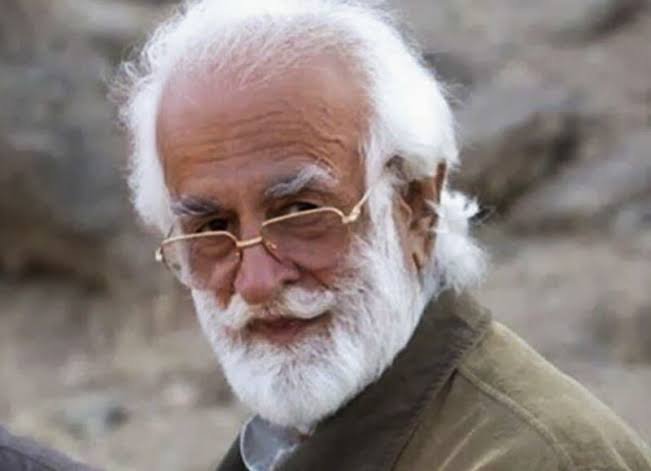
Separatist movements have also gained ground. They are driven by a strong sense of marginalization and a desire for independence among certain Baloch groups. These movements highlight what they see as long-standing injustices. As a result, they have significantly influenced Pakistan’s broader political dynamics. While some factions demand full independence, others call for greater autonomy within Pakistan. This reveals a complex range of goals and aspirations among Baloch nationalists.
The Baloch people are still fighting for respect and rights. This fight is a big problem for them. It is also hard for the Pakistani government. The country is trying to balance unity and respect for different ethnic groups. To understand Balochistan’s problems, we must learn about Baloch nationalism. It shows why things are unstable there. It also affects the unity of the whole country.
The Role of External Actors
The problems in Balochistan are getting worse because of outside countries and groups. These include nearby nations and international organizations. The location of Balochistan in South Asia makes it important. Many foreign powers want to protect their own interests there. Countries like India and Iran are often blamed. People say they support groups that want to break away from Pakistan. This kind of help makes the situation worse and causes more fighting.
Also, Balochistan has many natural resources like minerals and gas. These things attract foreign companies and money. But this can hurt local leaders and take away control from the people who live there. International groups also play a part. They may help with peace talks or send aid. Still, their help can make things harder. Their rules and ideas may not match local customs. This can cause more problems. So, outside actions often make the troubles in Balochistan even worse.
The mix of world politics and Balochistan’s own problems makes things very hard to understand. Outside countries often make local people more upset. They turn local fights into bigger world issues. Because of this, the troubles in Balochistan become more complex. Local hopes and world goals get mixed together. This keeps the conflict going for a long time. It is important to see how much outside groups matter. This helps in making good plans to stop the fighting and bring peace to the area.
Media Representation and Public Perception
The media plays an important role in how people see the problems in Balochistan. What the media shows can change how people in Pakistan and other countries understand the situation. Different news channels tell different stories. Some focus on the problems like violence, poor living conditions, and people being forced to leave their homes. Others talk about how the government is trying to help by bringing peace and development.
Sometimes, the news is not fair. This can make people see things in the wrong way. For example, foreign news might say that the Pakistani government is hurting people and not taking care of the Baloch. On the other hand, some local news might only show the government as doing good things and ignore the people who are unhappy. These different stories make it hard to understand the full truth. Because of this, people may get confused about what is really happening in Balochistan. The way media tells the story changes how everyone sees the issue.
In recent years, social media has become a strong way to share voices that are often ignored in regular news. People and activists from Balochistan now use these platforms to tell their own stories. This helps them show the world what is really happening. It also gives people a better idea of the problems and hopes of the Baloch people. This online movement questions what big news channels say. It shows that more people can now join the conversation. The way we tell stories is changing. In the end, the way media shows things and how people understand them is very important in knowing why Balochistan is not stable.
Peace Efforts in Balochistan
In the past few years, Balochistan has seen many new efforts to fix the problems in the area. The Pakistani government, along with other groups, has started peace talks and development plans to help stop the ongoing unrest. These steps are important to solve the main reasons for the conflict and to bring people together.
One big step is the Balochistan Development Package. It tries to make roads, schools, and hospitals better in the province. By spending money on these things, the government wants to fix the poor living conditions that cause anger. Also, there are programs that help people talk to each other. These help build peace between the Baloch people and the government. But even with all these good plans, there are still many problems that can stop them from working well.
The peace process has been slowed down because many groups do not trust each other. Many Baloch people feel left out, which makes it harder to build peace. Also, armed groups fighting in the area make things worse. They often stop the government’s plans. So, to have real peace, everyone needs to talk and make fair deals.
Because of these problems, peace plans must include everyone. It is very important to listen to Baloch people. When locals take part, they feel that they matter. This can help make better decisions. Talking about problems in a smart way and letting communities help can bring good changes. If this happens, Balochistan can become more peaceful and start to grow in the right direction.
Conclusion
The problems in Balochistan show a big crisis with many causes. These include unfair treatment in the past, poor economic support, and lack of political power. In this discussion, we looked at many things that are making Balochistan unstable. These include bad government, unfair sharing of resources, and problems with ethnic identity. The issues of the Baloch people are not just local. They are part of a bigger story about joining the whole country and sharing things fairly. These are important for peace in Pakistan.
To fix the problems, in my opinion, the government needs to include everyone. Leaders must talk with Baloch people and listen to their needs. They should work together to make fair rules and plans. This will help manage resources better. It will also help local people feel important and in control. This kind of teamwork can bring real and lasting peace to Balochistan.
Also, it is very important to see how education and jobs can help reduce the problems.Building schools and roads can help young people in Balochistan. They can get chances they did not have before. Giving people skills and tools will help stop the violence and bring peace.
In conclusion, solving the problems in Balochistan needs a strong plan. This plan should include everyone, be fair, and respect local ways and rights. Pakistan must fix the real issues that are causing the unrest. This will help the country grow and bring peace for all its people. Talking openly and making good changes are key. These steps will help build a better future for Balochistan and make it a strong part of the country.

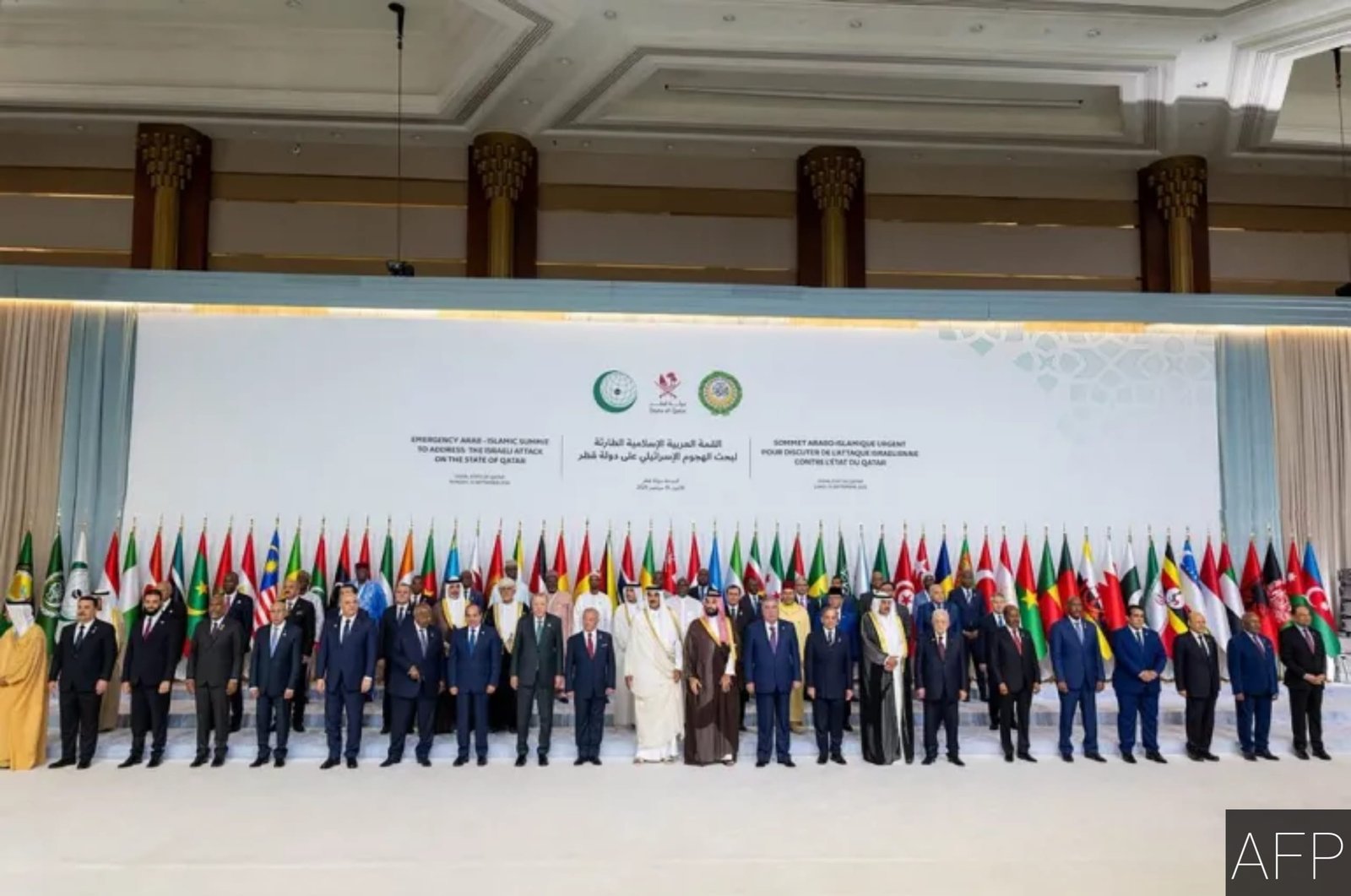
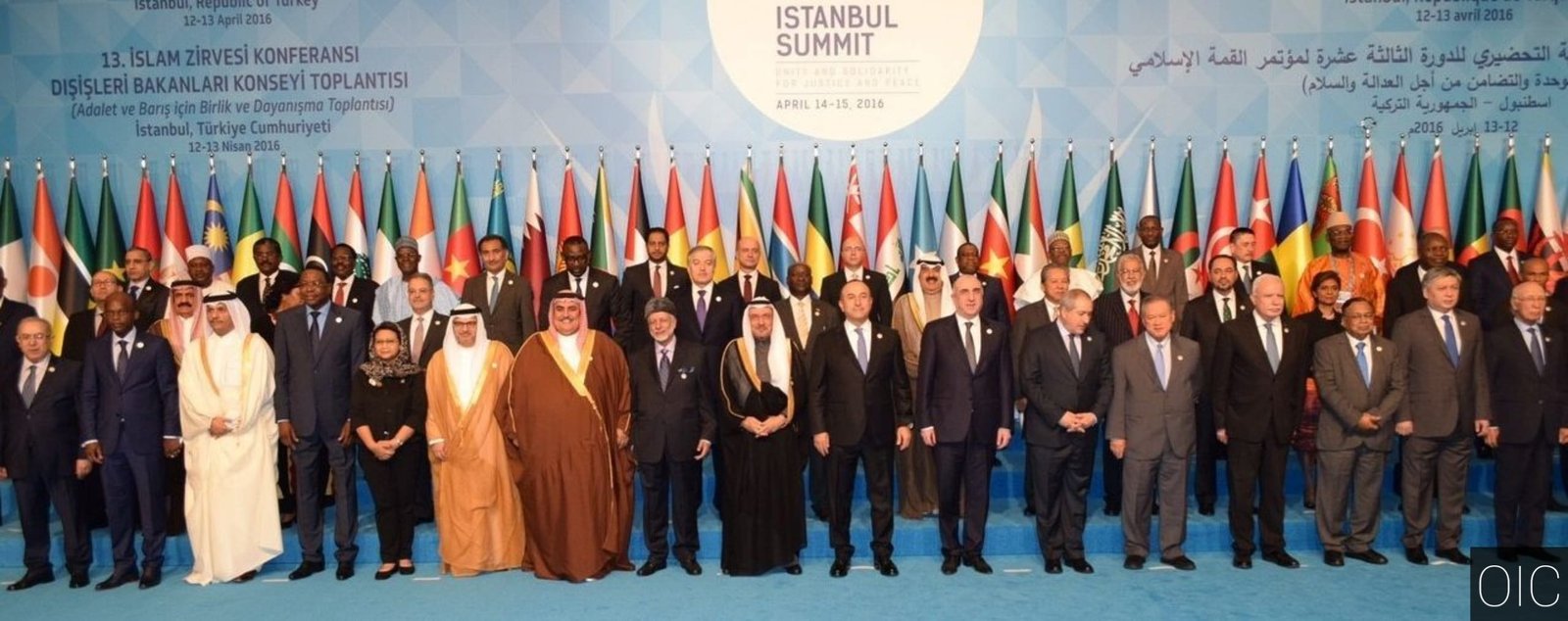
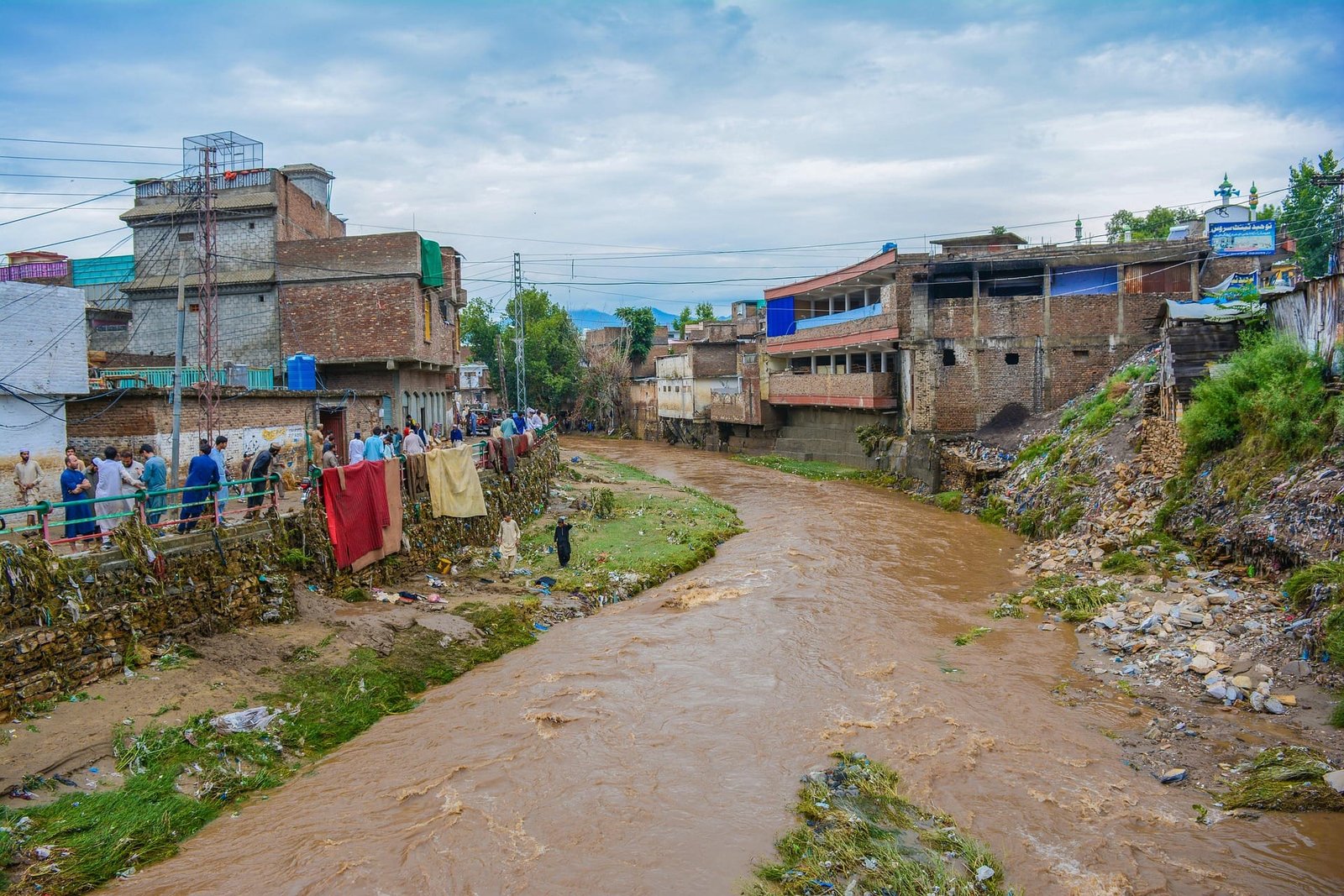
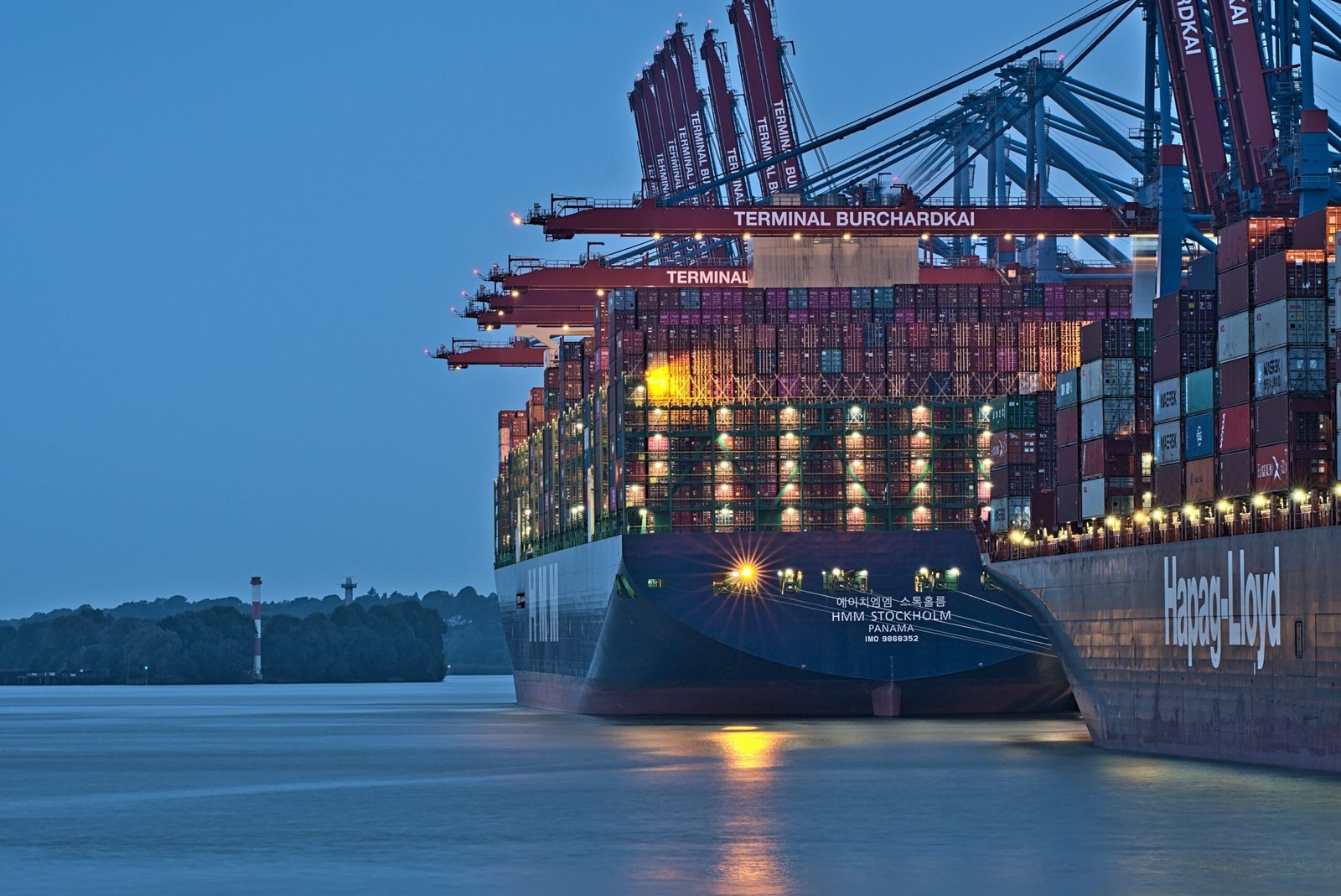
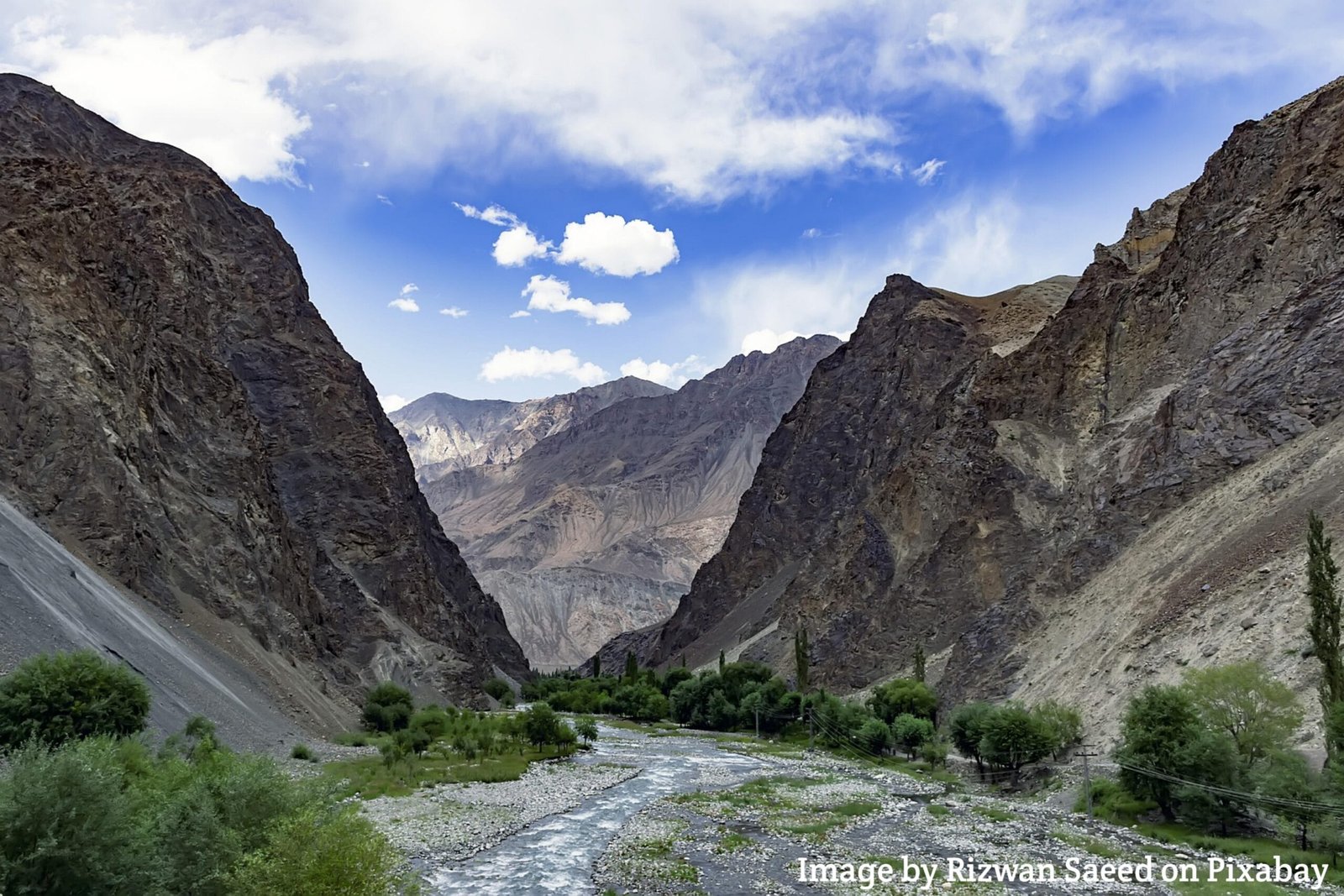
Comments are closed.